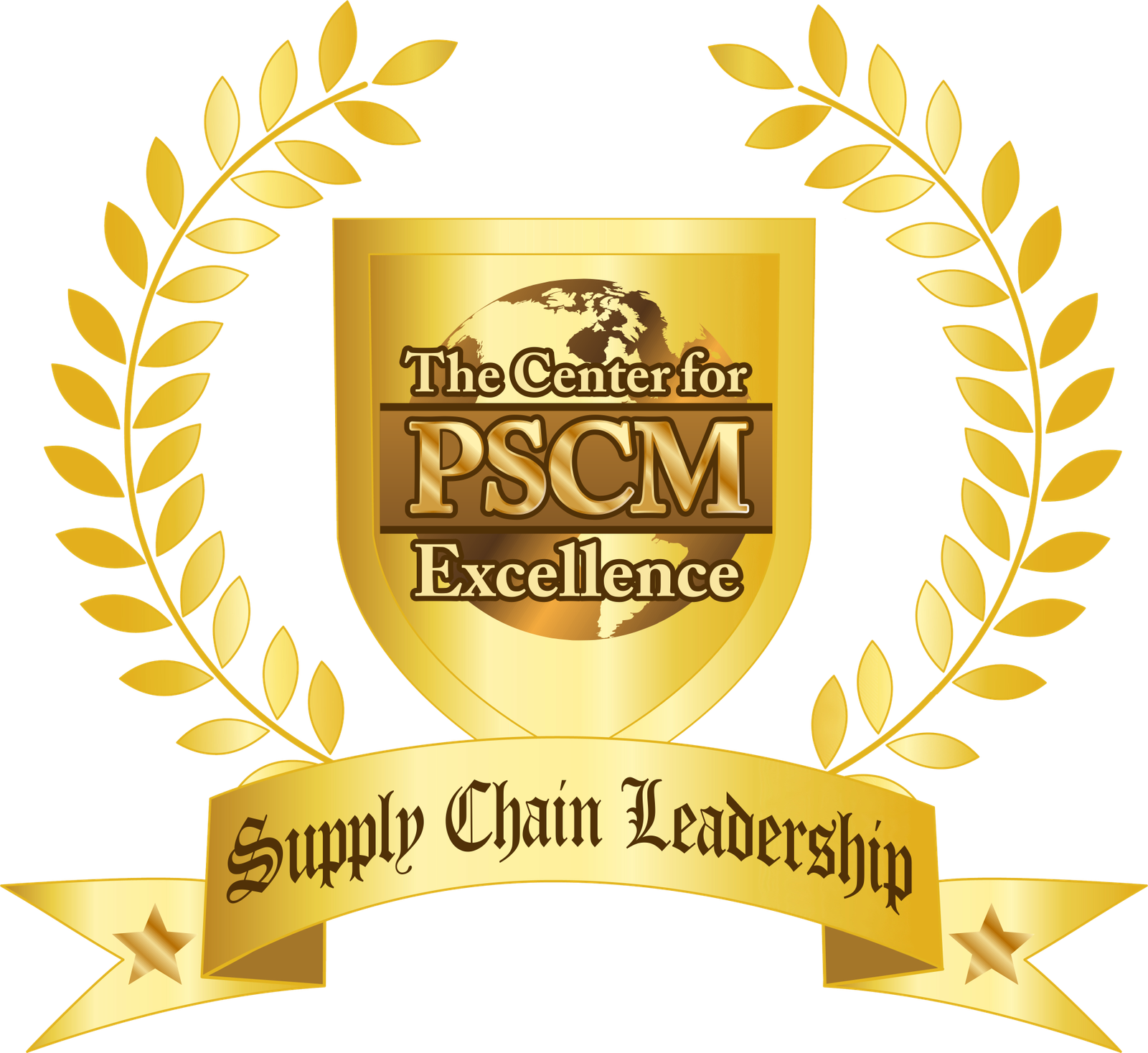
Want to know why procurement rarely reports to the C-Suite?
Let this sink in: Eventually, procurement reports to someone who doesn’t understand procurement.
And do you think it’s that person’s fault? It’s not. There are a lot of reasons for it:
A) Most university business programs don’t cover procurement. I received a bachelor’s and master’s in business without hearing the word uttered.
B) When the C-Suite members started their careers, procurement was a paper pushing function. They still have that legacy idea in their head.
-and the biggest reason-
C) We’ve allowed procurement to be positioned in a way that secures our role as a back office service provider.
Yes, it’s our fault. Quit blaming the business units. Quit blaming executive staff. It’s our own fault.
There are a number of things that need to be done differently to solve this problem, and we’re really not doing any of them.
But for the purpose of this blog, I’m going to focus on just one: how we treat cost savings.
Cost savings are our bread and butter.
We add value based on cost savings. We live and die by cost savings. We get cost savings goals every year, then we get stretch goals to do even better.
Every year we sweat it out and somehow, by some miracle, we meet the goals. Then the clock resets the next year. Rinse and repeat.
But from the perspective of the C-Suite, none of this is really significant.
From the C-Suite perspective, it’s not a lot different than payroll getting and achieving efficiency targets. Nice job, but it’s not going to sell more product or increase market share.
And of course, this is a totally unfair comparison. The value of procurement cost savings trumps payroll efficiency by a factor of 10,000x — if not more.
But none of that matters when executives have their perceptions, and they have bigger fish to fry.
You see, to the C-Suite, cost savings aren’t even real. We save the business units millions, and the business units go spend it again.
Not a single penny makes its way back to the C-Suite, so why should they care?
True, the company got to buy more things as a consequence, but do you really think the C-Suite cares? Answer: They don’t.
And so now we get to what we need to do differently.
We need to influence the C-Suite, inclusive of the CFO, to have some portion of savings go to a central bucket. This money needs to become real. Tangible. Useful.
This money needs to be owned by the CFO. The CFO can then decide how this money will be used.
Some of it should go toward EBIT, and making the company more financially profitable.
Some of it should go towards new or improved employee benefits – daycare, better gyms, elderly care, etc.
And every single business unit GM that contributes to the CFO fund, by way of shared savings from their purchases, should have it reflected in their performance review.
Company employees will start viewing procurement as a function that makes their work experience and the company better. But that’s just a side bonus.
The big deal is that as a function of these actions, we will get the support of the business units and procurement will really, truly, stop being perceived as a cost center and firmly shift their status to being a Value Added Center of Profit.
And do you know how profit centers get treated? Just ask your company’s Sales organization. The ones with all the budget, headcount, and resources they could possibly want.
Rain Makers get rewarded and treated right. That’s the kind of place procurement deserves to be.
CPOs, I’m talking to you. Make it happen.
Now go off and do something wonderful. Be your best!
Omid G. “THE Godfather of Negotiation Planning” ~ Intel Corp
P.S. Companies that work with us on capability building (customized in-house procurement and negotiation training) report improved cost savings run rates of 5 – 12% across all purchases. Contact my office at Support@PurchasingAdvantage.com to find out more.


